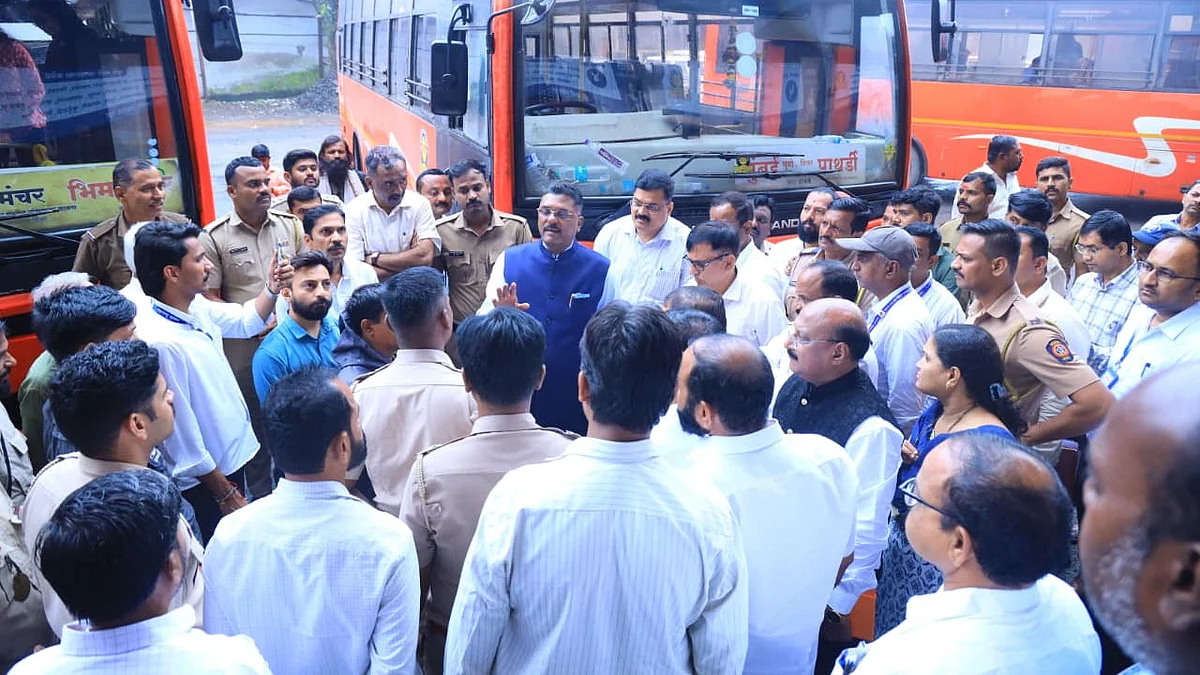Copyright forbes

While I am an eternal optimist and am prone to seeing the tremendous amount of good in the world, it’s easy to think civil society has become a bit less civil of late. While our daily news feed is filled with notable events, our daily lives are filled with minor interactions, most of which continue to involve gracious acts of aid, courtesy, and kindness. Here are a few suggestions regarding how to promote even more civility with our fellow human beings. Most of these suggestions involve subtle shifts in language or behavior but add an often much needed gentleness to the exchange. Instead of asking, “Do you need help with that,” ask, “May I help you with that?” Asking someone if they need help forces them to acknowledge a dependency and can give someone pause, particularly if there is a gender or age dynamic at play. While some people will always accept help, many are loathe to see themselves as in need. You’re on a plane and another passenger coming down the aisle is a man of a certain age dragging what looks like a fairly heavy bag behind him. He’s used to being the person who has helped others lift and stow their bag and prides himself on helping. He’s only recently come to grips with his own challenges and doesn’t like admitting he needs help. Asking, “May I help you,” is your request to him to do you the honor of letting you be of service. It changes the focus from his need to your offer. How does this play out professionally? Recently, I had a family emergency that pulled me away from work for a few days. My colleagues reached out to offer support. Almost uniformly, their offers did not begin with, “Let me know if you need help.” Instead, they began with, “I have time {flexibility, room, capacity} and would be glad to step in on {name of specific project they knew was on my plate}.” They made it easy for me to accept their offer. We were all well aware that our deadlines weren’t going to change because of my situation. They needed to insert themselves into certain projects one way or another. Their language reflected a graciousness that allowed that transition to happen smoothly and comfortably. That’s the essence of civility. When giving aid, it’s not only kinder but simply more effective to allow the other person to remain in control. We can all be supportive without taking over and forcing our will on someone else. When taking someone’s arm to help them across the street, our instinct might be to grasp the back of their upper arm and steer them along. In that case, you are moving them at your speed instead of theirs and they might feel dragged or pulled instead of guided and supported. Instead, extend an elbow and let them take your arm. They remain in control of the physical pressure of the connection and the pace of movement. You’re there to steady and support as needed. Your hand on theirs as they grip your arm provides added warmth to the connection and reassures you that if they stumble you can intervene quickly. Now transfer that concept to a professional setting. When someone offers a comment in a meeting and you support their idea but think it needs clarification for the rest of the group, instead of saying, “I think what Jay means is…,” which can sound supportive but condescending, try, “Jay, I think I like where you’re heading. To clarify, are you saying, X or Y?” Allowing your colleague to clarify their own point allows them to remain in the driver’s seat on the conversation. Minimize assumptions and consider what you actually know rather than conclusions that might in fact be incorrect. Twice in the last year, while settling into my seat on a plane, I have witnessed other passengers stop in the aisle, glance at their boarding pass, and abruptly say to someone already seated, “You’re in my seat.” Their comment immediately created a confrontation. In one case, the person standing in the aisle had misread their own seat assignment and switched tack accordingly without any comment to the person they had wrongly accused. In the other case, the person seated had misread their row. She apologized embarrassingly and quickly and awkwardly moved seats. MORE FOR YOU Regardless, neither confrontation was necessary. The person in the aisle could have simply shared exactly what they knew for a fact. “My ticket says ‘14C’.” That approach would have allowed for a neutral discussion regarding conflicting information. And if they had added even an awkward smile it would have humanized that entire exchange. In the first case, the person standing in the aisle would have learned that they had misread their own row number. In the second case, the person already seated could have moved seats with a polite, social-laughter chuckle and not been ashamed for their mistake. We all make mistakes. How does this play out at work? About a thousand times a day. Someone (you or I) reads a piece of data. Instead of stating the data point, we make assumptions about the implications of that point. We say, “X means the Alpha team didn’t hit their targets,” which puts Nancy in charge of the Alpha team on the defensive. Instead, we could ask, “Nancy, what factors contributed to X?” And we could add the wonderful follow-up question, “How did those factors impact the results?” I call this the “Two Question Rule.” Once I hear a piece of data, before I jump to a conclusion about that data point’s origin or impact, I try to ask two questions. (I say “try” because I am as quick to judge as every other human being and don’t always follow my own advice.) The “two questions” are situation-specific. What you ask will hopefully help you understand the underlying context and the various possible impacts of the data in question. More importantly, just asking the two questions slows our reaction to the point where we respond with humility instead of certitude. I recognize these suggestions involve a level of nuance that may seem unnecessary. That’s the point. Acts of kindness aren’t necessary, but they help us all connect better and have a cumulative impact on the pleasantness within which we live each day. A heightened consciousness about our own interactions helps us all see the good happening around us each day. Editorial StandardsReprints & Permissions



